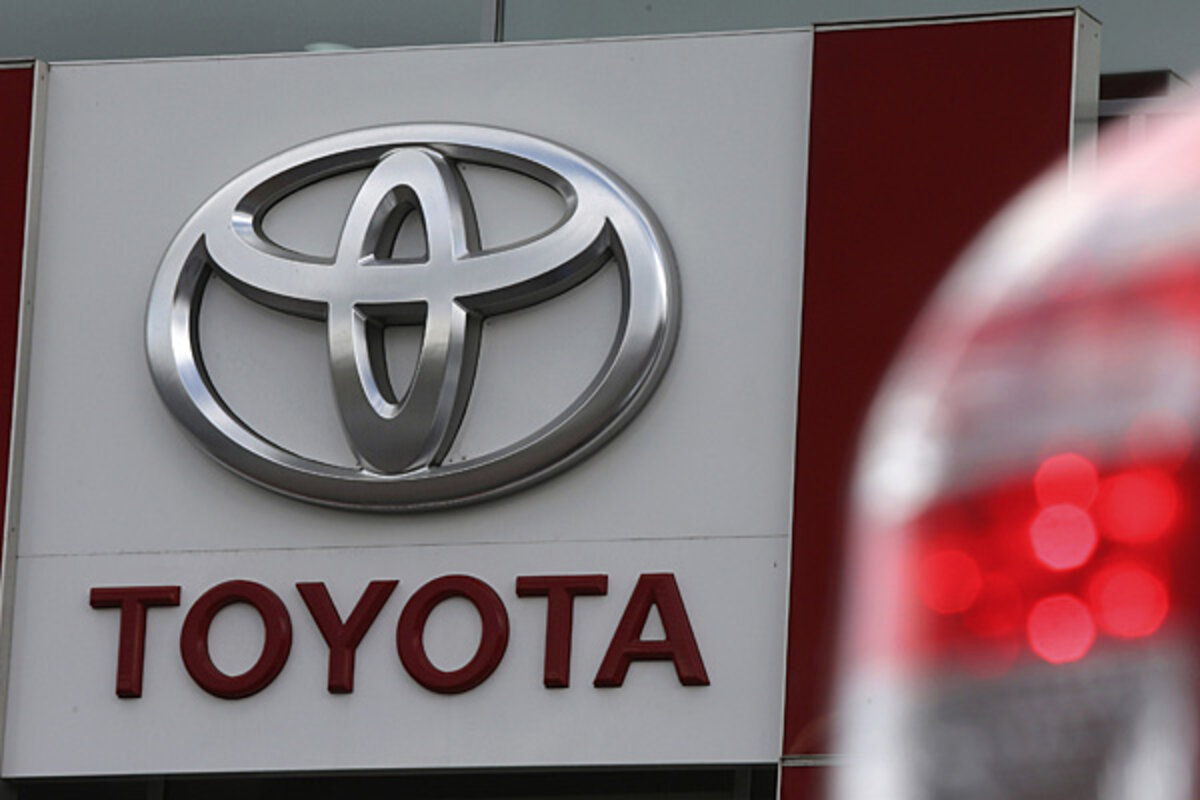Toyota announces plans for cars with self-driving features
Loading...
Autonomous cars are coming -- .
Nissan promises to debut models . So does . Tesla may arrive . And Google, the company that most folks currently associate with self-driving ?��?
But what about Toyota, the world's largest automaker? We're glad you asked: Friday, to roll out autonomous vehicles by "the mid-2010s".
Well, sort of.
The high-tech Toyotas of the near future won't be fully autonomous. Rather, they'll feature Toyota's "next-generation advanced driving support system", dubbed Automated Highway Driving Assist. Unlike some of the other autonomous systems we've seen, AHDA is meant to be used primarily at highway speeds.
AHDA consists of two main features. One is dubbed Lane Trace Control, which is like a conventional lane-assist system on steroids. Rather than simply sounding an alert when drivers stray from their lanes, Lane Trace Control deploys an array of cameras and radar to steer the car, actively keeping it on the right path. Toyota says that "The system adjusts the steering angle, driving torque and braking force when necessary to maintain the optimal line within the lane."
AHDA's other feature is perhaps the most intriguing: Cooperative-adaptive Cruise Control. Like Lane Trace Control, Cooperative-adaptive Cruise Control takes existing safety technology -- in this case, adaptive cruise control -- and gives it a significant boost.
Most adaptive cruise controls operate in a vacuum, using cameras and other sensors to react when the cars ahead slow down. Cooperative-adaptive Cruise Control, however, has the ability to keep multiple cars in line via vehicle-to-vehicle communication. According to Toyota, it uses "700-MHz band vehicle-to-vehicle ITS communications to transmit acceleration and deceleration data of preceding vehicles so that following vehicles can adjust their speeds accordingly to better maintain inter-vehicle distance."
In other words, not only does Cooperative-adaptive Cruise Control make use of typical adaptive cruise control features, it also sends a vehicle's speed data to the cars traveling behind it. If those vehicles are equipped with Cooperative-adaptive Cruise Control (or some other compatible system), they'll be able to speed up and slow down without input from the driver. Volvo has made use of similar technology in its impressive .
OUR TAKE
All of this is in keeping with what we've assumed for years -- namely, that autonomous technology won't hit all at once, but in bits and pieces, until vehicles become fully self-driving. That could result in far fewer traffic fatalities and eliminate the problem of distracted driving -- though by then, we'll probably have found some other danger to keep the Department of Transportation up at night.




